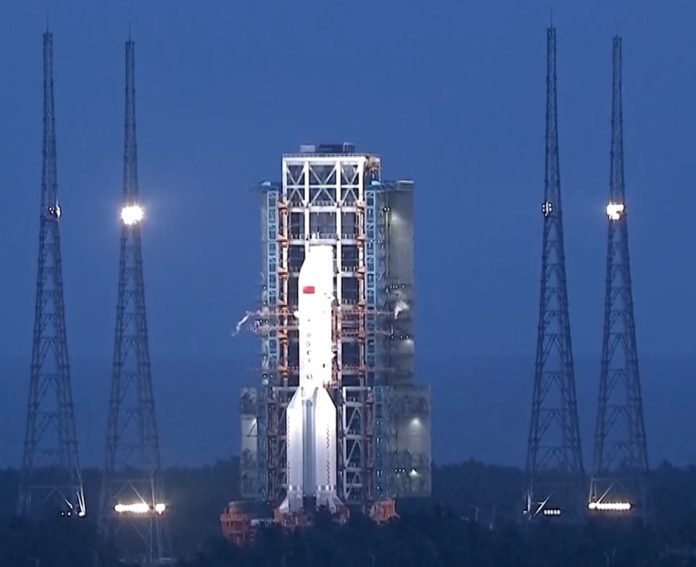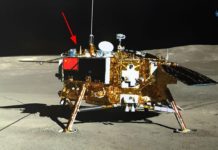Yesterday, China’s heavy lift launcher, the Long March 5-Y2, failed to carry the Shijian-18 satellite into orbit.
The live broadcast of the event was terminated before the separation of Shijian-18 from the upper stage of the two-stage launcher, leading to speculation on the launch progress. 45 minutes later, China’s CGTN TV declared the launch a failure.
China Aerospace Science and Technology Corporation (CAST), the main contractor of the Chinese space programme, said they are investigating the cause of the failure.
Although the failure seems to have taken place during the separation of the second stage and the payload, observers on social media suggest that the problem occurred early on in the launch, with the rocket’s first stage. Based on a delayed first-stage burn, which occurred one minute after predicted, observers have deduced a possible failure of one of the rocket’s two first-stage engines, leading to a domino effect affecting the final separation.
The Long March 5-Y2 was a modification of the first Long March 5 rocket, launched on 3 November 2016 carrying the Shijian-17 satellite. The modifications were made to address certain glitches during the maiden launch, such as problems with the engines, tracking computers, and flight control software.
This was the second flight of the Long March 5 rocket, which is China’s heaviest launcher and the second-heaviest launcher in the world, after United Launch Alliance’s Delta IV-Heavy. The Long March 5 is designed to carry approximately 24 tonnes into Low Earth Orbit (LEO) and 14 tonnes to Geostationary Transfer Orbit (GTO).
Because of the failure, it is said that China’s launch plans will be stalled; the Long March 5 is planned to be used for China’s first moon sample mission, Chang’e 5, slated for launch in November this year. This will likely be delayed. However, according to CGTN, CAST has already been developing a Long March 5-Y3 for the mission.
The failure of yesterday’s launch means that its payload, experimental satellite Shijian-18, is lost forever. CGTN reported that the 7600kg satellite carried 18 experiments related to quantum communications, laser communications, 5G internet, and space telescopes, suggesting that a significant amount of research will be impeded.
The past month has been discouraging for the Chinese space programme. On 18 June, a Long March 3B launch carrying commercial communications satellite ChinaSat 9A experienced a third-stage issue which put the satellite into the wrong orbit. Resolving the issue meant that the satellite’s own fuel had to be used, shortening its life from 15 years to 5 years.







